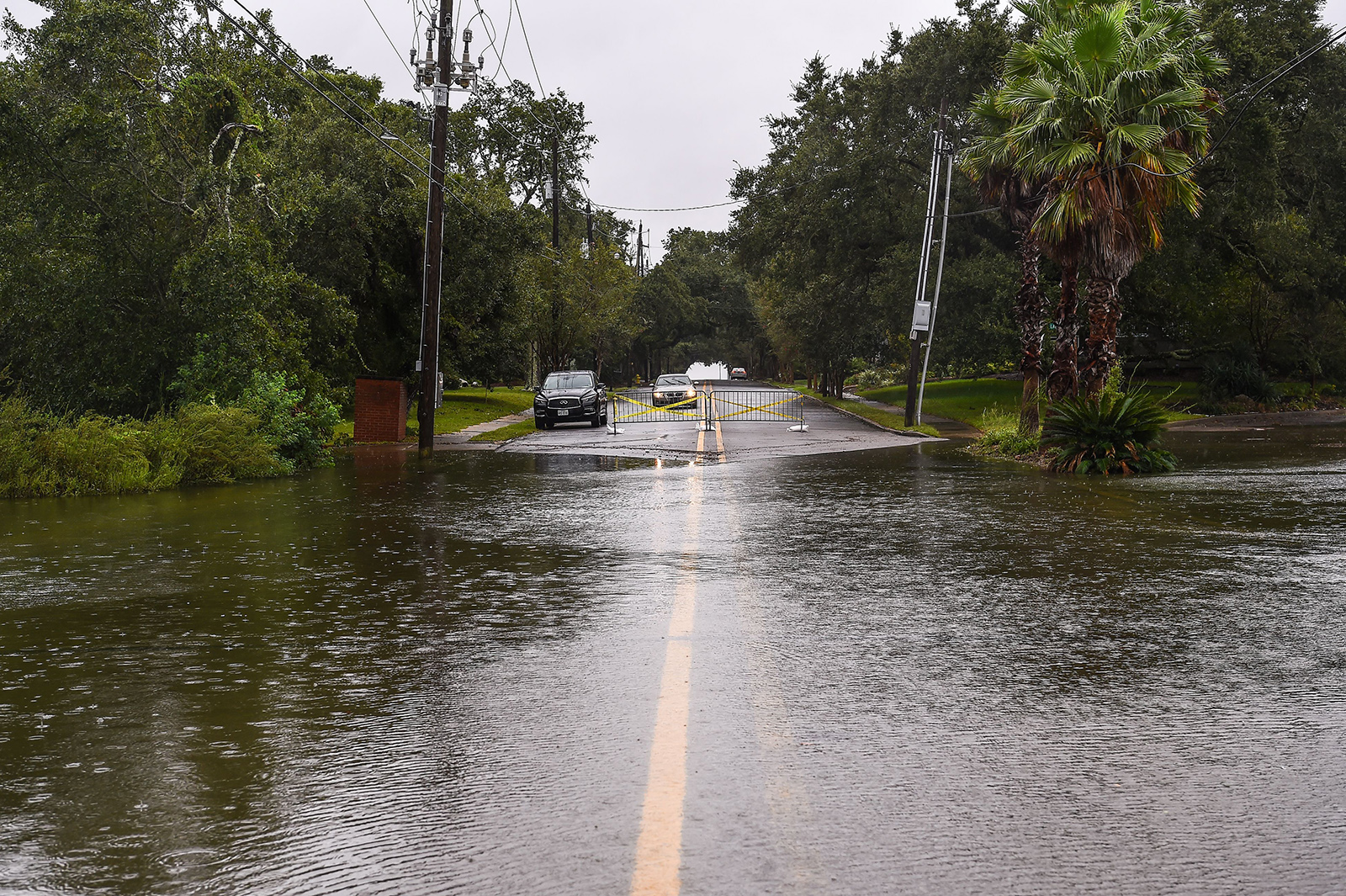A new tornado watch has been issued for much of the Florida Panhandle and a small portion of southwestern Alabama. This watch is in effect until 6 am CDT.
"A tornado watch means conditions are favorable for tornadoes and severe thunderstorms in and close to the watch area," according to the Storm Prediction Center (SPC).
Hurricane Sally will continue to slowly move north toward to Gulf Coast through Wednesday morning bringing convective bands inland, east of the center of the storm. A couple tornadoes will be possible this evening and into the overnight hours as embedded supercells reach the coast.
Waterspouts are also possible offshore, as this tornado watch also includes the coastal waters off of Alabama and the Florida Panhandle. Any tornadoes or waterspouts that do form will be relatively short lived.



